Sfoglia regolabile bronze die / adjustable lasagna die
41,90 € incl. VAT plus shipping costs
Sfoglia regolabile bronze die / adjustable lasagna die
41,90 € incl. VAT plus shipping costs
EAN: 8068056986435
Sfoglia regolabile bronze die / adjustable lasagna die.
Die that can be continuously adjusted from 0,5 mm to 2 mm. The pasta plate width is 12 cm.
I have rarely seen a matrix that can be used in so many different ways. There is much more possible than just lasagna sheets.
The good thing is that the adjustment is stepless and you can adjust it according to feel and eye. If the sticky structure of a dough is not so good and the dough tears at the thinnest setting, you can simply make the dough a little thicker and save the dough.
Here are a few application examples, the strength can be adjusted according to personal preference:
Ravioli, as thin as possible, but so that the dough does not tear, approx. 0,6 - 0,8 mm, you can find a recipe for ravioli with chestnut filling here.
Lasagna, here I always leave the dough sheets about 0,8 mm thick.
I prefer Maultaschen a little thicker, possibly approx. 0,9-1 mm.
Please also try Sofficini, which is a dough made from flour and milk, filled with Bolognese and bechamel. Children love this dish! Here I use a thickness of approx. 1 - 1,1 mm, you can find a recipe here.
Deep-fried carnival pastries with orange flavor? This is also possible, here I leave the dough sheets about 1,2-1,5 mm thick. You can find a recipe for the Chiacchiere all arancia here.
Or you can run breadstick dough through the die. Then at the highest possible level of 2 mm. Then cut it into strips with a pastry wheel and let it run. You can find some recipes with and without yeast/sourdough here.
The quick Italian bread dough sticks, called bastoncini, can also be made well with the lasagne die. Here too, set the largest thickness to 2 mm and then cut into strips. You can find a recipe here.
The possible uses are endless. Just the other day I saw someone making the southern Italian tarralli (mostly savory cookies that are first cooked in water then baked in the oven) using this die.
For setting:
The die comes with an Allen key; you can use the Allen key to adjust the thickness of the front screw.
To adjust, loosen the screw and always let the dough out a few centimeters first on the largest setting. Make one turn, the dough will now come out a little thinner, stop after a few centimeters, make another turn, etc. Do this until you reach the desired thickness. The pieces of pasta dough that come out (which are too thick) are put back into the container to be dispensed again.
For cleaning:
Cleaning the adjustable lasagne die is very easy, you just need to know the following trick.
When you have finished making pasta and the dough has not yet dried out, unscrew the large screw in the middle, place the die in your pasta machine and press “Output/Extrusion”. Be careful, if possible, keep one hand under the die. The inner cylinder of the die separates and comes out of the die. Now you can clean the matrix with little effort.
Pasta insert for Kenwood AT910, AX910, KAX910ME, PP510, KAX92.AO, KAX91.A0ME.
With an adapter, the matrix can be used in many other pasta machines, e.g. Philips Pastamaker Avance, Philips Viva, KitchenAid, Simac, Ariete, Unold, La Fattorina, Firmar, TR50, Häussler, Korngold, Omega.
The matrix is supplied together with a transparent transport protection box.
Why bronze:
Bronze dies were the traditional way of making pasta. The pasta made “al bronzo” can only be found rarely and usually only in selected delicatessens.
By pressing the pasta dough through the bronze matrices, the surface of the pasta is slightly roughened at the same time, making the pasta easier to grip. This allows the pasta to better absorb the sauce, flavors and spices later on. Would you like to learn more about bronze matrices? Then we recommend this article to you here.
Recipe:
It is recommended to use durum wheat semolina, enough cold liquid such as water and/or egg. The dough should be kneaded for about 8-10 minutes, this is the only way the gluten from the durum wheat can fully develop. The result should be a moist, crumbly dough. You can find a standard recipe for our matrices here.
The matrices can also be used to produce gluten-free pasta.
Sustainability:
The format of the Pastidea matrices was originally designed for the Kenwood Pastafresca. By using reducing rings, the bronze matrices can be used on almost all other common pasta machines. All you need is an adapter that fits the machine.
This means that even if over time the pasta machine is replaced by another model due to a defect or for other reasons: the bronze matrix remains and can continue to be used in the future.
Storage:
Do you have several bronze matrices and are you looking for storage to protect the matrix from dust and darkening due to the effects of light? Then we recommend our storage systems, which you can also find in our range.
Please note:
Please note that the matrices may have small dark spots due to the material and production. This is due to the material and does not affect the function in any way. The matrices are not dishwasher safe. Should be dried immediately after cleaning to avoid water stains.
Sfoglia regolabile bronze die / adjustable lasagna die
Die that can be continuously adjusted from 0,5 mm to 2 mm. The pasta plate width is 12 cm.
I have rarely seen a matrix that can be used in so many different ways. There is much more possible than just lasagna sheets.
The good thing is that the adjustment is stepless and you can adjust it according to feel and eye. If the sticky structure of a dough is not so good and the dough tears at the thinnest setting, you can simply make the dough a little thicker and save the dough.
The possible uses are endless. Just the other day I saw someone making the southern Italian tarralli (mostly savory cookies that are first cooked in water then baked in the oven) using this die.
For setting:
The die comes with an Allen key; you can use the Allen key to adjust the thickness of the front screw.
To adjust, loosen the screw and always let the dough out a few centimeters first on the largest setting. Make one turn, the dough will now come out a little thinner, stop after a few centimeters, make another turn, etc. Do this until you reach the desired thickness. The pieces of pasta dough that come out (which are too thick) are put back into the container to be dispensed again.
For cleaning:
Cleaning the adjustable lasagne die is very easy, you just need to know the following trick.
When you have finished making pasta and the dough has not yet dried out, unscrew the large screw in the middle, place the die in your pasta machine and press “Output/Extrusion”. Be careful, if possible, keep one hand under the die. The inner cylinder of the die separates and comes out of the die. Now you can clean the matrix with little effort.
Bronze die
Pasta insert for Kenwood AT910, AX910, KAX910ME, PP510, KAX92.AO, KAX91.A0ME. With an adapter, the die can be used in many other pasta machines, e.g. Philips Pastamaker Avance, Philips Viva, KitchenAid, Simac, Ariete, Unold, La Fattorina, Firmar, TR50, Häussler, Korngold, Omega.
The matrix is supplied together with a transparent transport protection box.
Why bronze:
Bronze dies were the traditional way of making pasta. The pasta made “al bronzo” can only be found rarely and usually only in selected delicatessens.
By pressing the pasta dough through the bronze dies, the surface of the pasta is slightly roughened and the pasta becomes more grippy. This allows the pasta to absorb the sauce, flavors and spices better later
Recipe:
It is recommended to use durum wheat semolina, sufficiently cold liquid such as water and/or egg. The dough should be kneaded for about 8-10 minutes so that the gluten from the durum wheat can fully develop. The result should be a moist, crumbly dough. We recommend the following standard recipe for our matrices:
Ingredients:
250 g durum wheat semolina or Semola rimacinata
Choose ONE of the following ingredients:
100 ml cold water or
110 ml liquid consisting of two eggs, the rest of the water, lightly whisked
Patterns:
Please only use cold liquids.
Avoid flour, replace it with semolina.
Use binding agents such as xanthan gum, gluten, etc. only to a limited extent, a maximum of 1 teaspoon per 500 grams of dry ingredients. Otherwise the dough will be too firm and the dies could break.
If you knead the dough for longer or let it rest, the gluten will develop on its own.
You can recognize a good pasta dough by the fact that it is moist and crumbly.
The matrices can also be used to produce gluten-free pasta.
Sustainability:
The format of the Pastidea matrices was originally designed for the Kenwood Pastafresca. By using reducing rings, the bronze matrices can be used on almost all other common pasta machines. All you need is an adapter that fits the machine.
This means that even if over time the pasta machine is replaced by another model due to a defect or for other reasons: the bronze matrix remains and can continue to be used in the future.
Storage:
Do you have several bronze matrices and are you looking for storage to protect the matrix from dust and darkening due to the effects of light? Then we recommend our storage systems, which you can also find in our range.
Hints:
Please note that the matrices may have small dark spots due to the material and production. This is due to the material and does not affect the function in any way. The matrices are not dishwasher safe. Should be dried immediately after cleaning to avoid water stains.
| Weight | 00,20 kg |
|---|---|
| Size | 8x7x3,5 cm |
| Color | |
| Brand | Pastidea |
| Material | |
| Matching machines | Versatile, without adapter: Kenwood or with adapter: Philips Pastamaker Avance, Philips Viva, KitchenAid, Simac, Ariete, Unold, La Fattorina, Firmar, TR50, Häussler, Korngold, Omega |
| Dishwasher safe | |
| adapter required |
you have to be logged in to be able to give a rating.

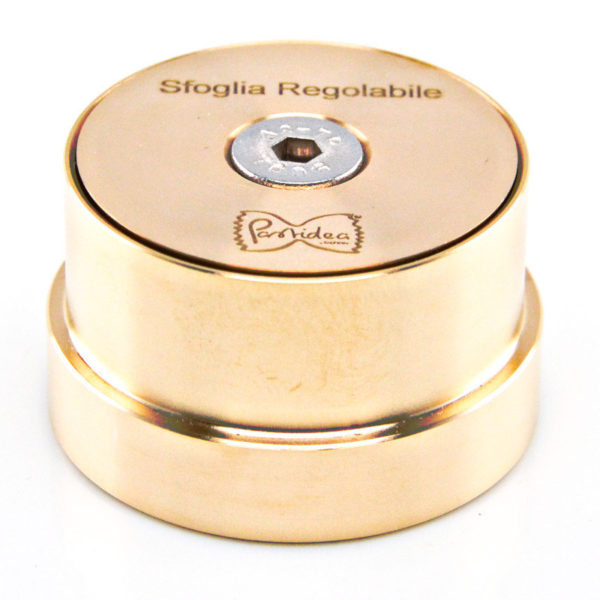
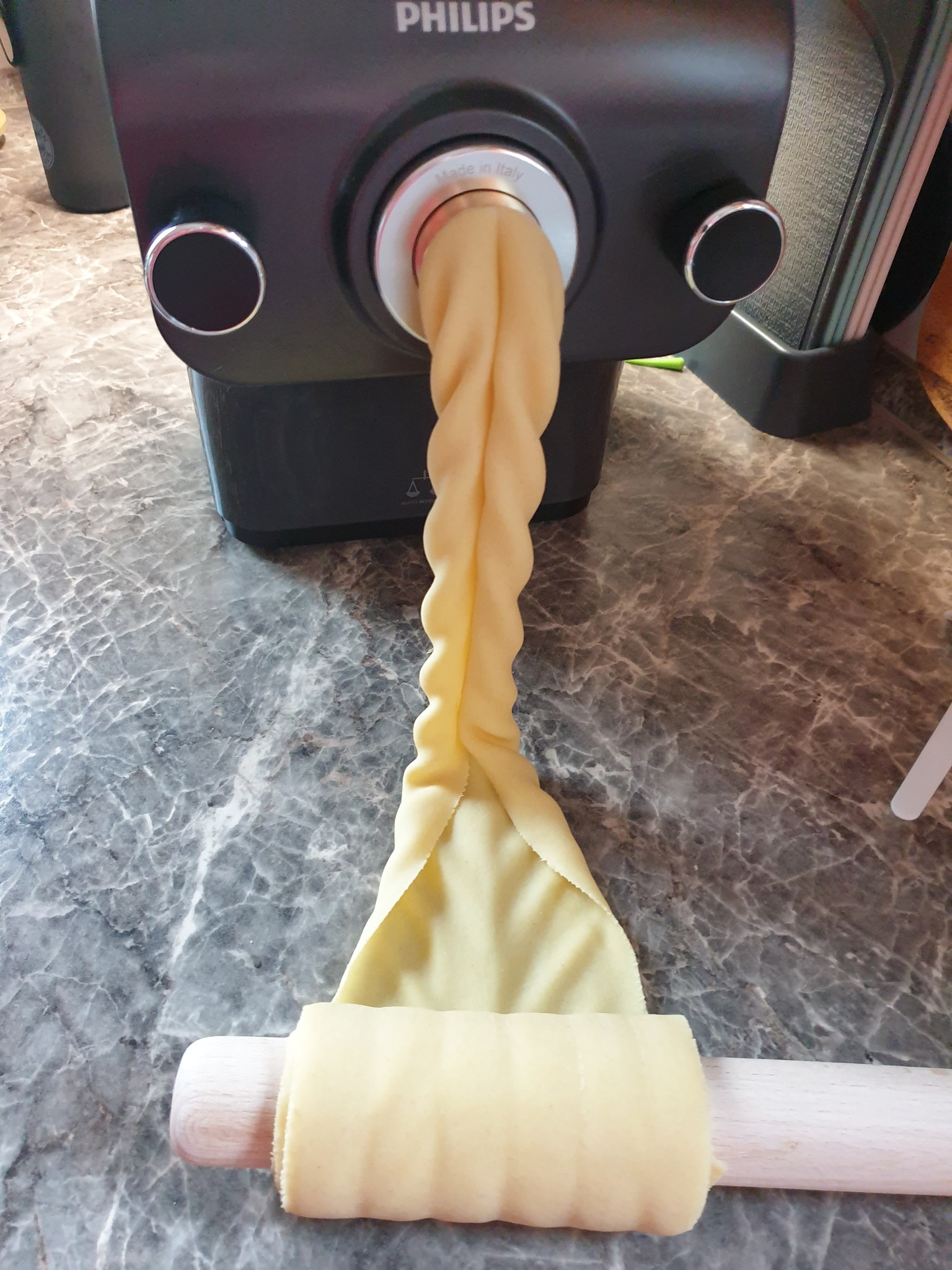
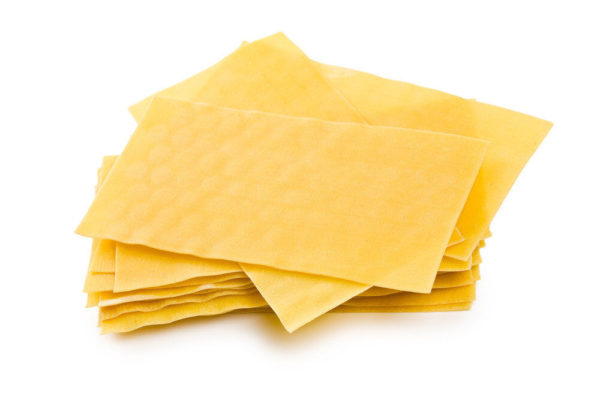
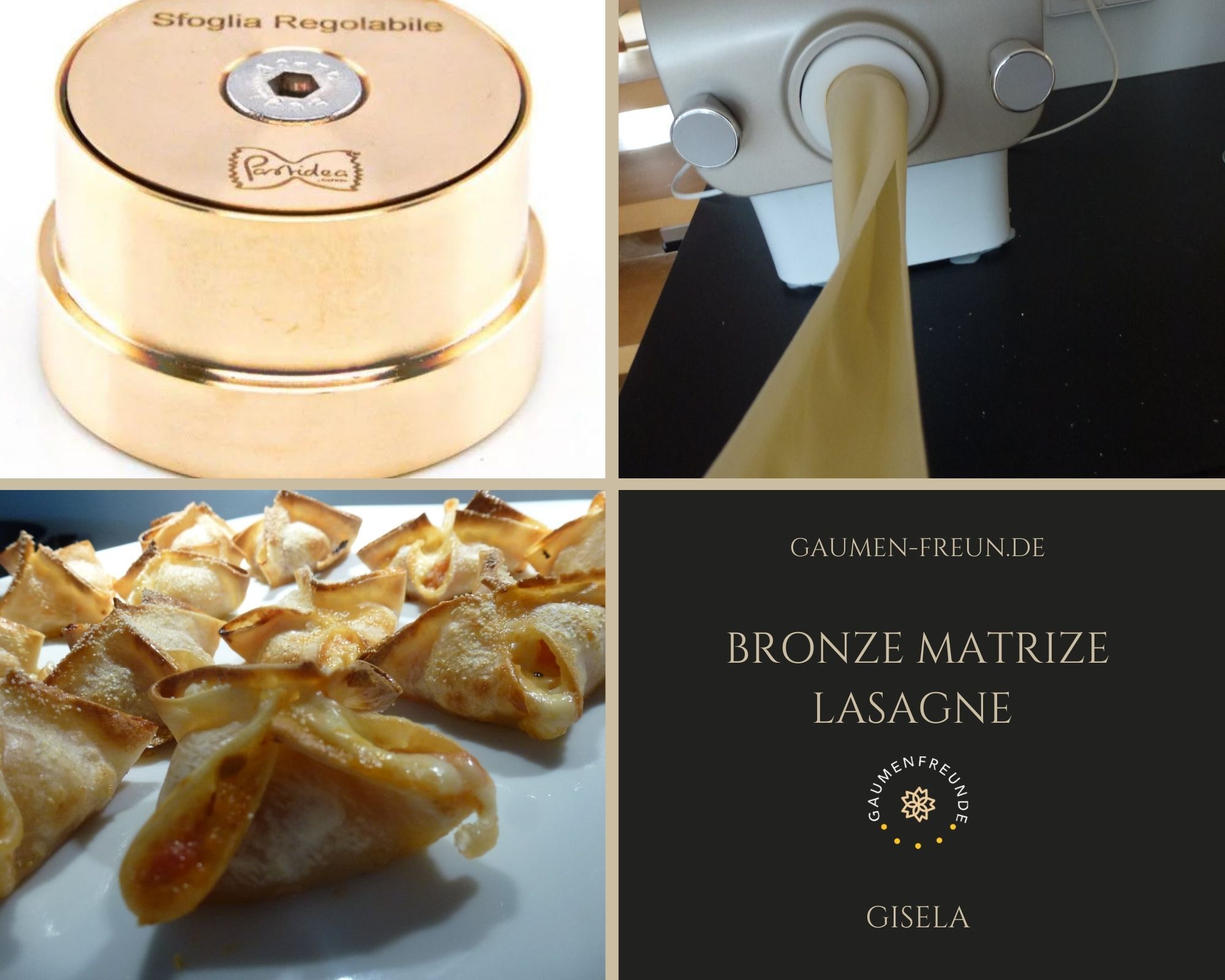
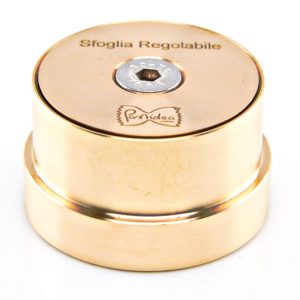
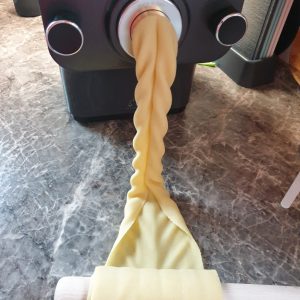
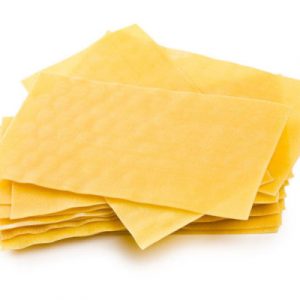
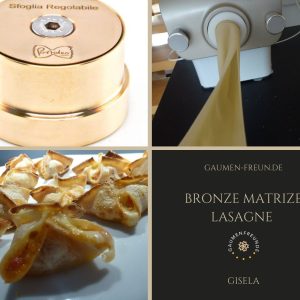
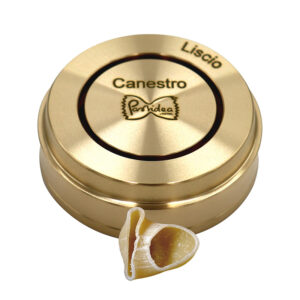
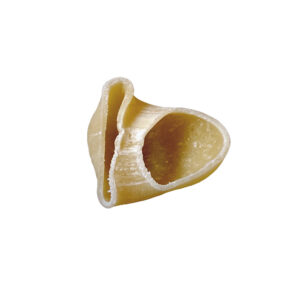
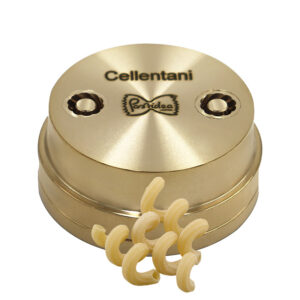
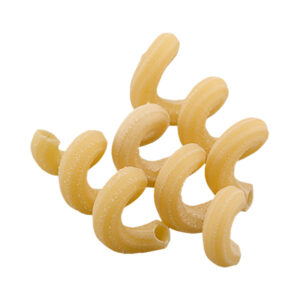
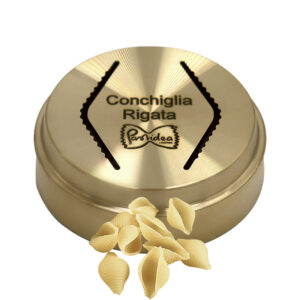
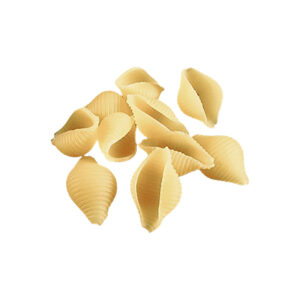

Reviews
There are no reviews.